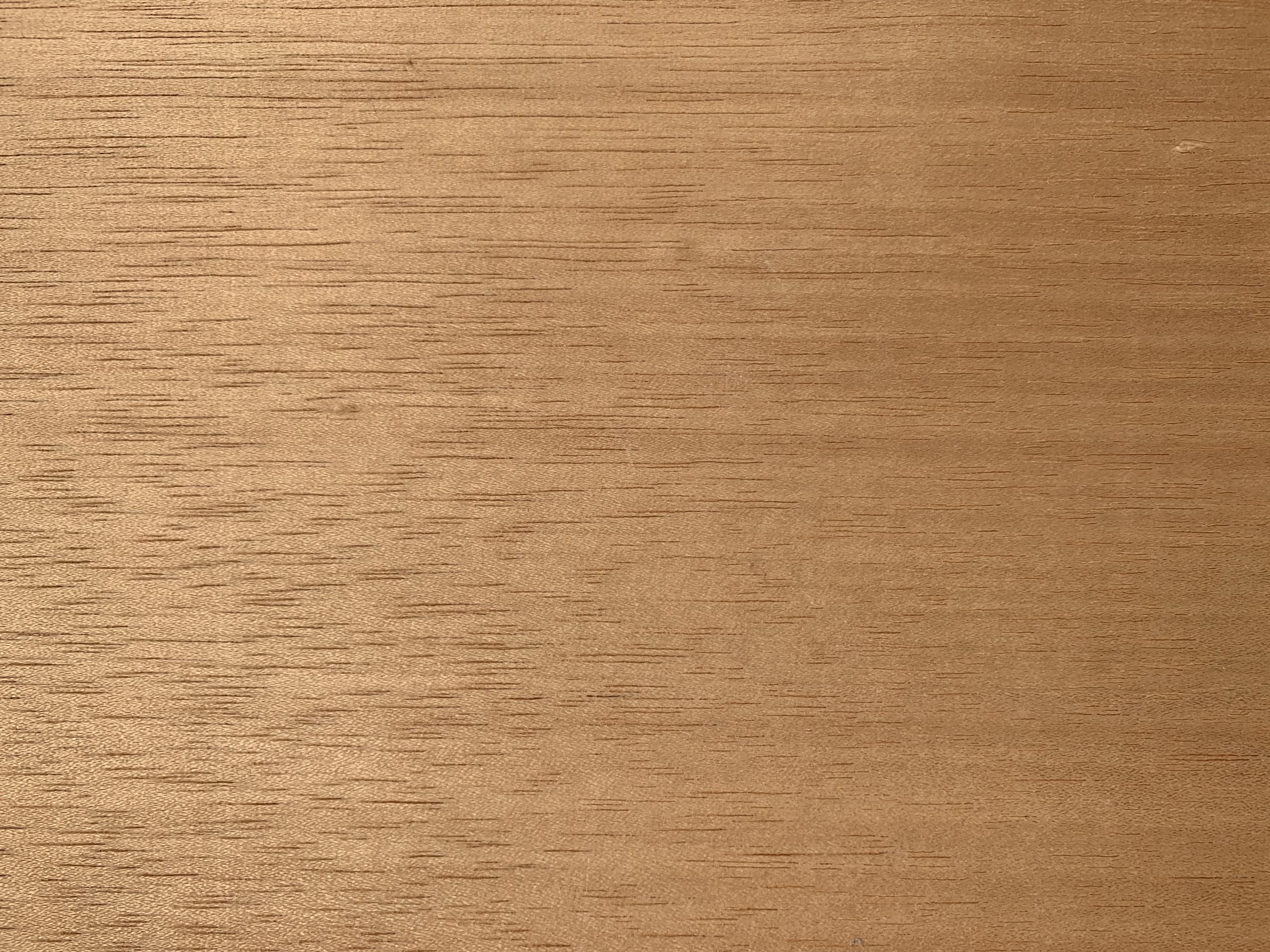ALBASIA
Albasia blockboard timber is a special version made for plywood. It is a well-known material, consisting of middle layer of parallel aligned wooden sticks with double-sided glued face veneers or panels glued crossways.
Description
| Botanical name: | Albizzia falcataria |
| Overall character: | Beech, poplar, spruce and tropical woods are among the common materials for veneer woods. In some cases, special versions made out of other, more rare timber are used. Sliced veneers generally have a thickness of 0,6 millimetres. |
| Color and structure: | |
| Characteristics/features: | |
| Areas of use: | Albasi is mostly used as a face veneer. |
| Sources: | https://www.holzvomfach.de |















